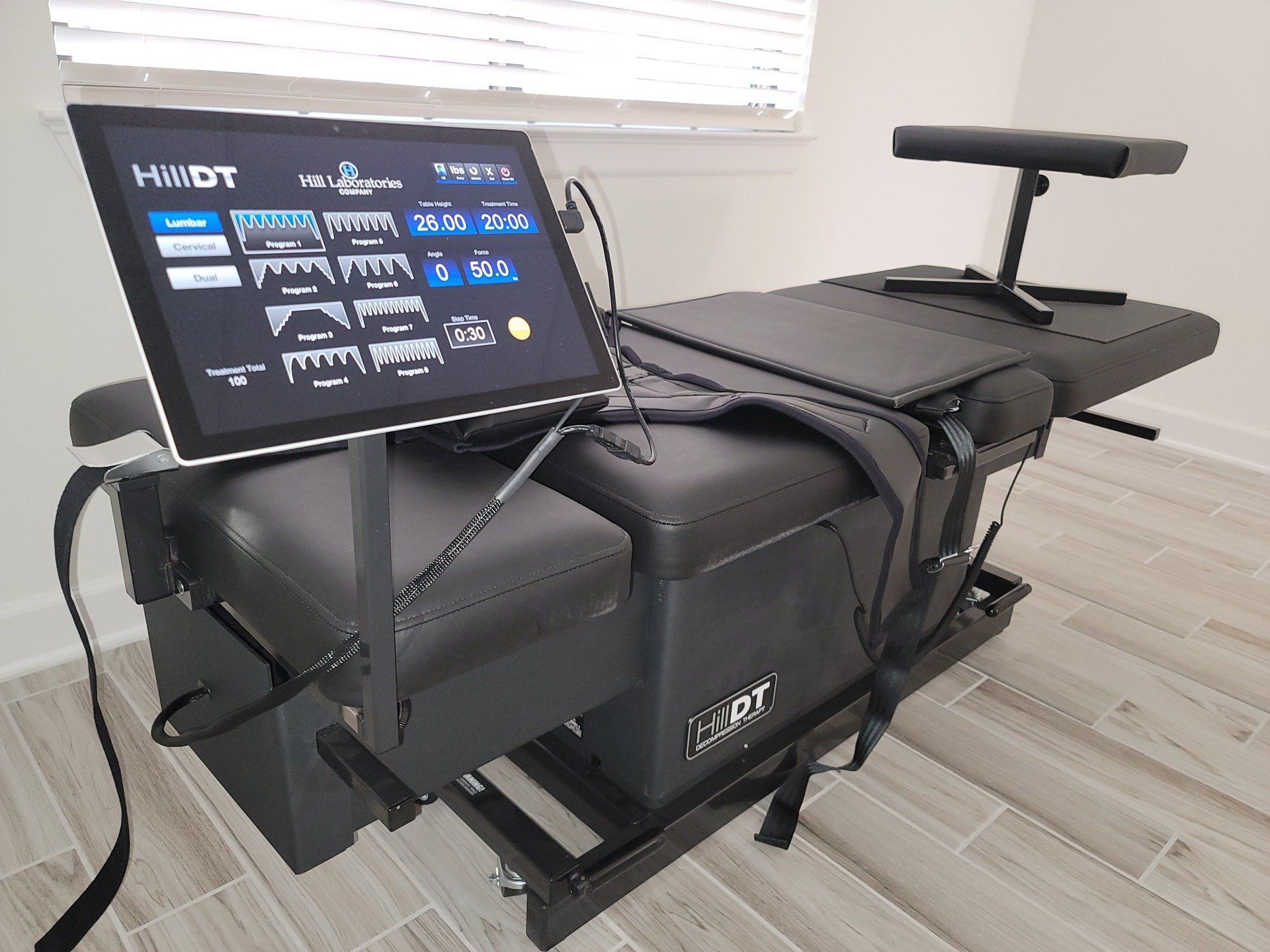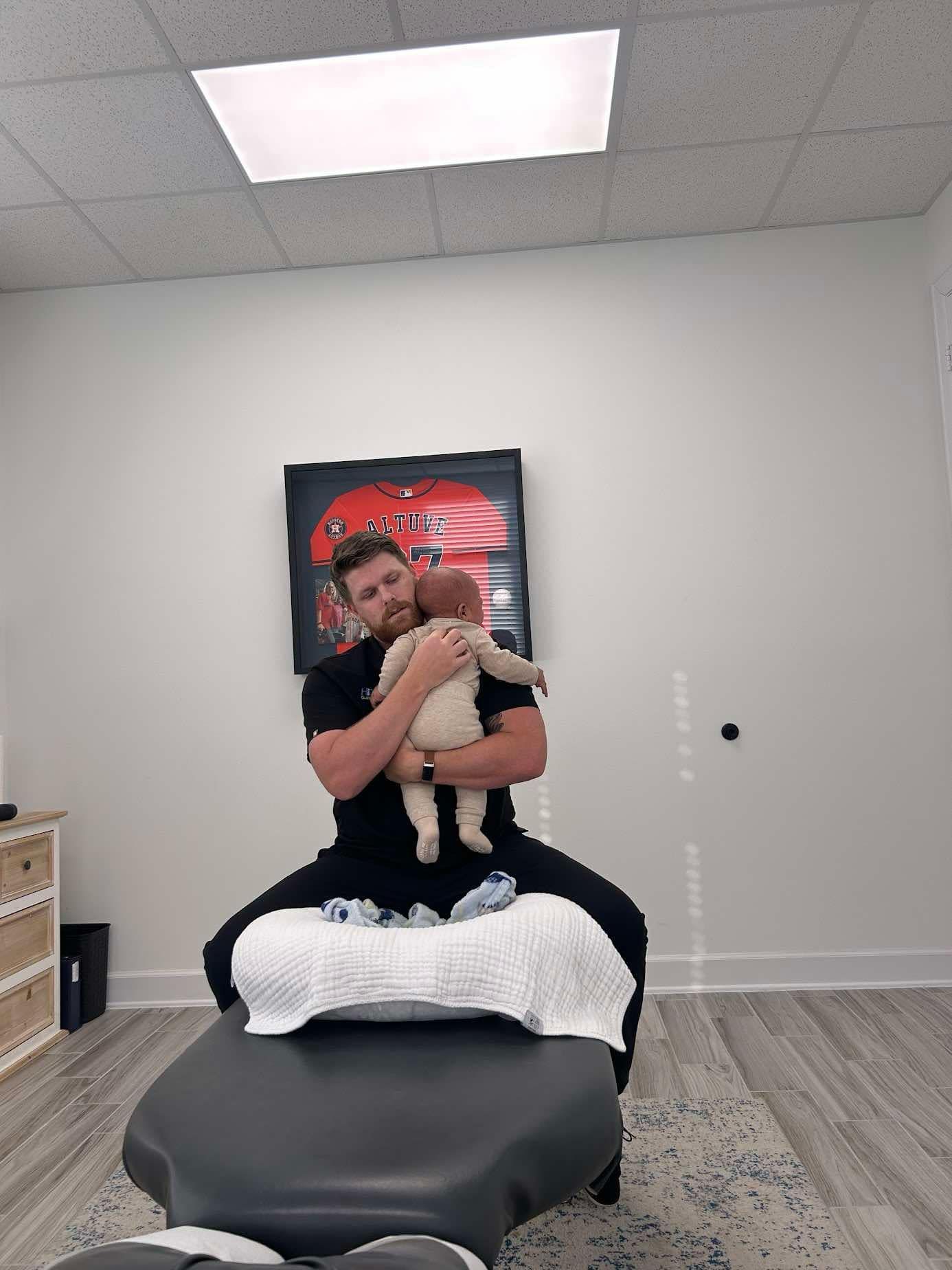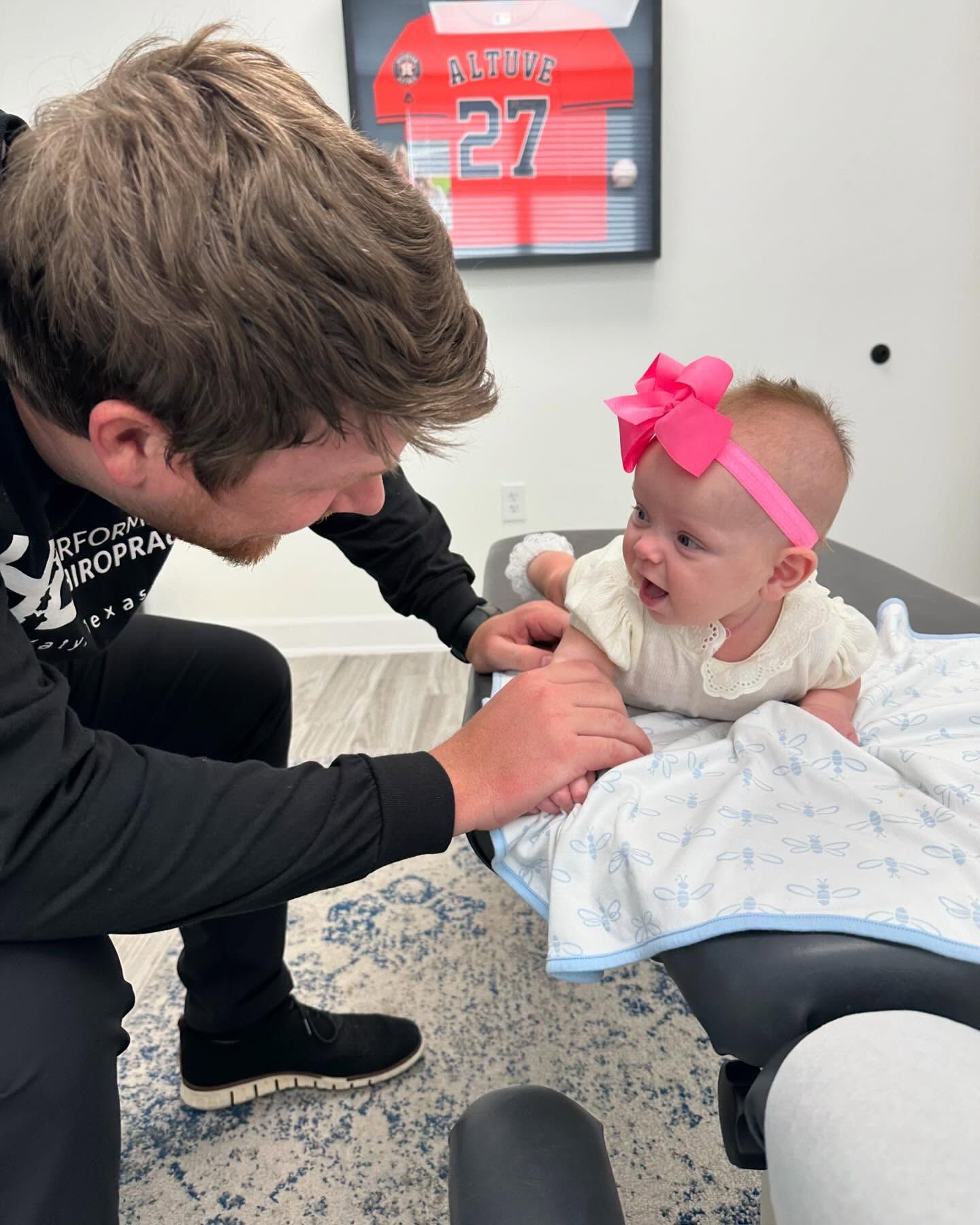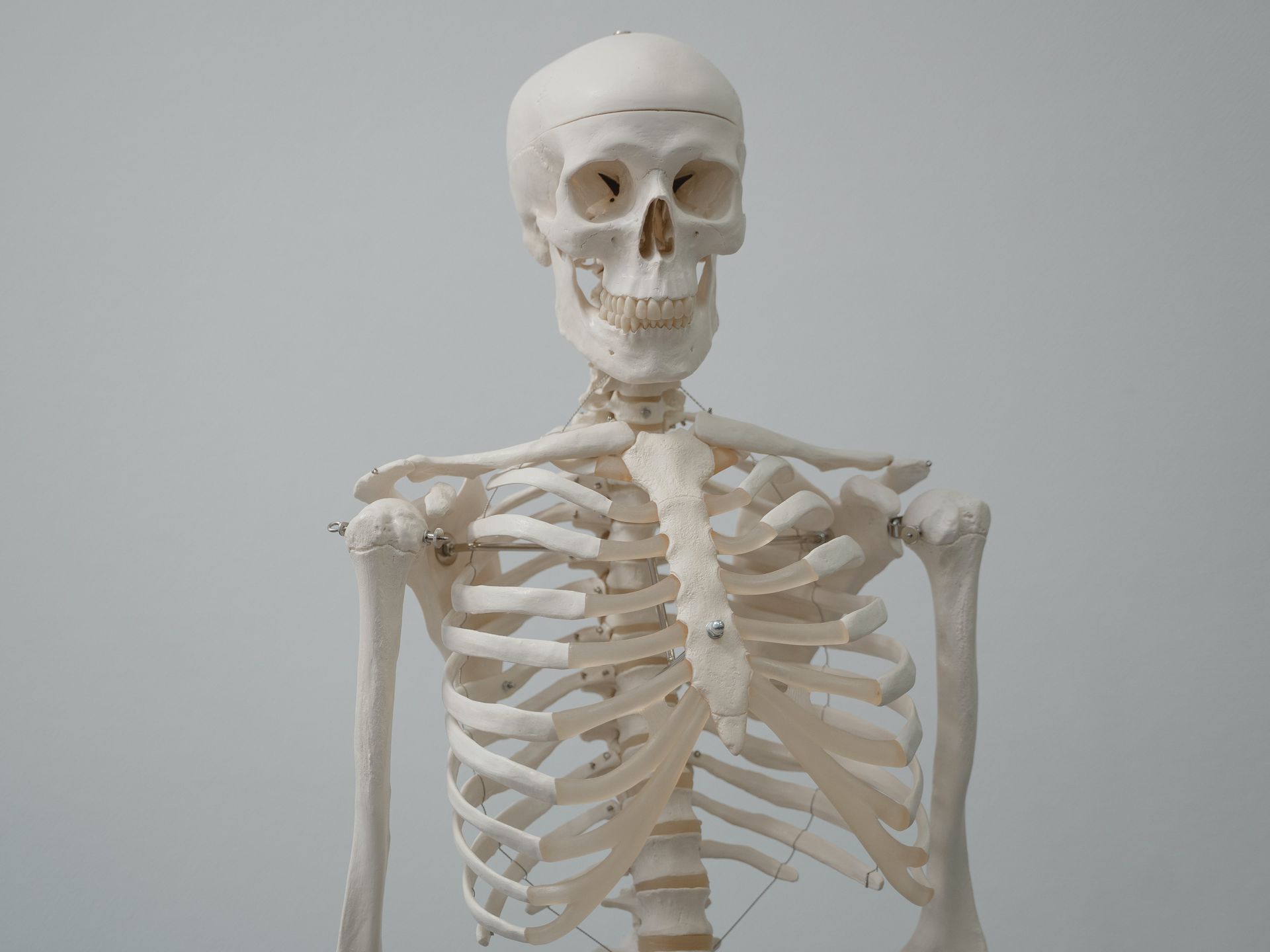A Complete Guide on Rotator Cuff Injuries Treatment Options

A Complete Guide on Rotator Cuff Injuries Treatment Options
The rotator cuff comprises four muscles (supraspinatus, infraspinatus, teres minor and subscapularis) that allow for various arm movements, including internal and external rotation. Unfortunately, rotator cuff injuries are a prevalent cause of chronic pain and disability among adults. According to the American Academy of Orthopaedic Surgeons (AAOS), approximately 2 million people in the United States visit their doctor to report rotator cuff injuries annually.
What is Rotator Cuff Injury?
The most common rotator cuff injuries are tears, tendonitis, and strains. Note that overuse, wear and tear over time, and acute injury mostly caused rotator cuff injuries. These injuries can range from mild to severe and thus, they fall into two categories: acute and chronic.
Since most rotator cuff injuries result from normal wear and tear from aging, people above 40 years are at greater risk. Athletes such as tennis players and other overhead throwing sports are at risk for this type of injury. Other professionals, like carpenters and painters, are also vulnerable to overuse of the rotator cuff muscles. Although overuse and tears are mostly caused by overhead work and sports activities, it also occurs in young people mostly because of traumatic injuries.
What are the Symptoms of Rotating Cuff Injuries?
It is important to note that not all rotator cuff injuries result in immediate intense pain. Some occur due to degenerative conditions which means the rotator cuff could be damaged for years or months before the symptoms manifest. The following are the most common symptoms of rotator cuff injuries:
- Progressive weakness of the shoulder.
- Pain or tenderness when reaching overhead.
- A crackling sensation when moving your shoulder in certain directions.
- Pain in the shoulder at night.
- Pain when lifting and lowering your arm.
- Muscle weakness
The symptoms of rotator cuff injuries may resemble those of other conditions or medical problems and you must seek the services of a healthcare provider for assessment.
How are Rotator Cuff Injuries Diagnosed?
After discussing your medical history and symptoms with your doctor, they will conduct a physical examination of your shoulder to check whether it is tender or there is a deformity. They will also move your arm in various positions to determine the range of motion of your shoulder. Your doctor will also test the strength of your shoulder muscles and examine your neck to make sure a pinched nerve does not cause the pain. The other tests that may help the doctor diagnose the injury include:
- X-rays. It is the first imaging test ordered by the doctors since it does not show soft tissues like the rotator cuff, but helps visualize any bone spurs or other abnormalities. The x-rays are conducted to rule out the possibility of other conditions, like arthritis, that might cause the shoulder pains.
- Ultrasound. Uses sound waves to produce images of body structures, particularly soft tissues like tendons and muscles. Thus, it allows your doctor to do an elaborate comparison between your healthy shoulder and the injured one.
- Magnetic Resonance Imaging (MRI). It uses radio waves, a powerful magnet, and a computer to display the structures of the shoulder in greater detail. It shows where the tear is in the tendon and its size. MRI helps your doctor to determine how old the tear is since it displays the quality of the rotator cuff muscles.
What are the Treatment Options for Rotating Cuff Injuries?
Chronic shoulder pain is a reason enough to visit your doctor for physical assessment. Timely treatment of rotator cuff injuries is crucial in preventing your symptoms from getting worse and reducing the risk of future shoulder injuries. The primary goal of treatment is to relieve the pain and restore shoulder function as soon as possible.
There are several treatment options for rotator cuff injuries, and they have different results for each patient. In developing your treatment plan, your doctor will consider your age, activity level, general health, and the type of tear suffered. Below are some nonsurgical and surgical treatment options as suggested by the American Association of Orthopaedic Surgeons.
Nonsurgical Treatments.
According to AAOS, between 80 to 85 percent of rotator cuff injury patients, nonsurgical treatment relieves pain symptoms and restores shoulder functionality promptly. Nonsurgical treatment options include:
- Exercise therapy. It is the first treatment option suggested by doctors and involves exercises tailored to the location of your rotator cuff injury to help restore flexibility and strength of the shoulder. Exercise therapy is also an integral part of the rotator cuff surgery recovery process.
- Steroids injections. Your doctor may propose an injection of a local anesthetic combined with cortisone to relieve you of the pain symptoms. Cortisone is a powerful anti-inflammatory drug but unfortunately, it is not effective in every patient. Remember that these injections provide pain relief in about two-thirds of the patients for at least 3 months.
- Nonsteroidal Anti-inflammatory Drugs (NSAIDs). Your doctor may prescribe NSAIDs like aspirin, ibuprofen, and naproxen to help reduce the pain and swelling.
- Your doctor may also suggest rest and limitation of overhead work or activities.
Since there is no evidence that the timing of surgery affects the outcome, you must pursue nonsurgical treatments first.
Surgical Treatment
Your doctor may suggest rotator cuff surgery if you are very active and use your arms for overhead work or sports. The other signs that might necessitate surgery are:
- Symptoms have lasted for 6 to 12 months
- Significant weakness and loss of function in your shoulder.
- You have a large tear, and the surrounding tissue is of good quality.
- A recent acute injury caused the tear.
There are various rotator cuff surgeries, like arthroscopic tendon repair, open tendon repair, tendon transfer, and shoulder replacement. Your Orthopedic Surgeon will discuss with you the best surgery option that meets your general health needs.
Get Help from Skilled Katy Chiropractor Today
The rotator cuff is an important part of your shoulder, particularly for athletes and certain professions. The most common injuries to rotating cuff include tears, strains, and tendonitis. Since most symptoms of rotator cuff injuries resemble other conditions like arthritis, you must seek medical attention as soon as you experience some symptoms highlighted above. HD Performance Chiropractic is among the most experienced Katy Chiropractors who can help you relieve rotator cuff injury symptoms and also guide you through the recovery process. Call us at 832-479-9558 or visit our website to schedule your appointment today.


